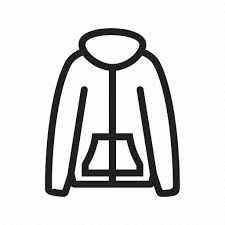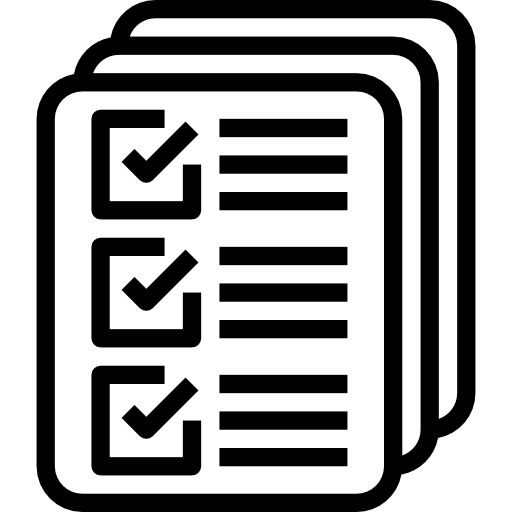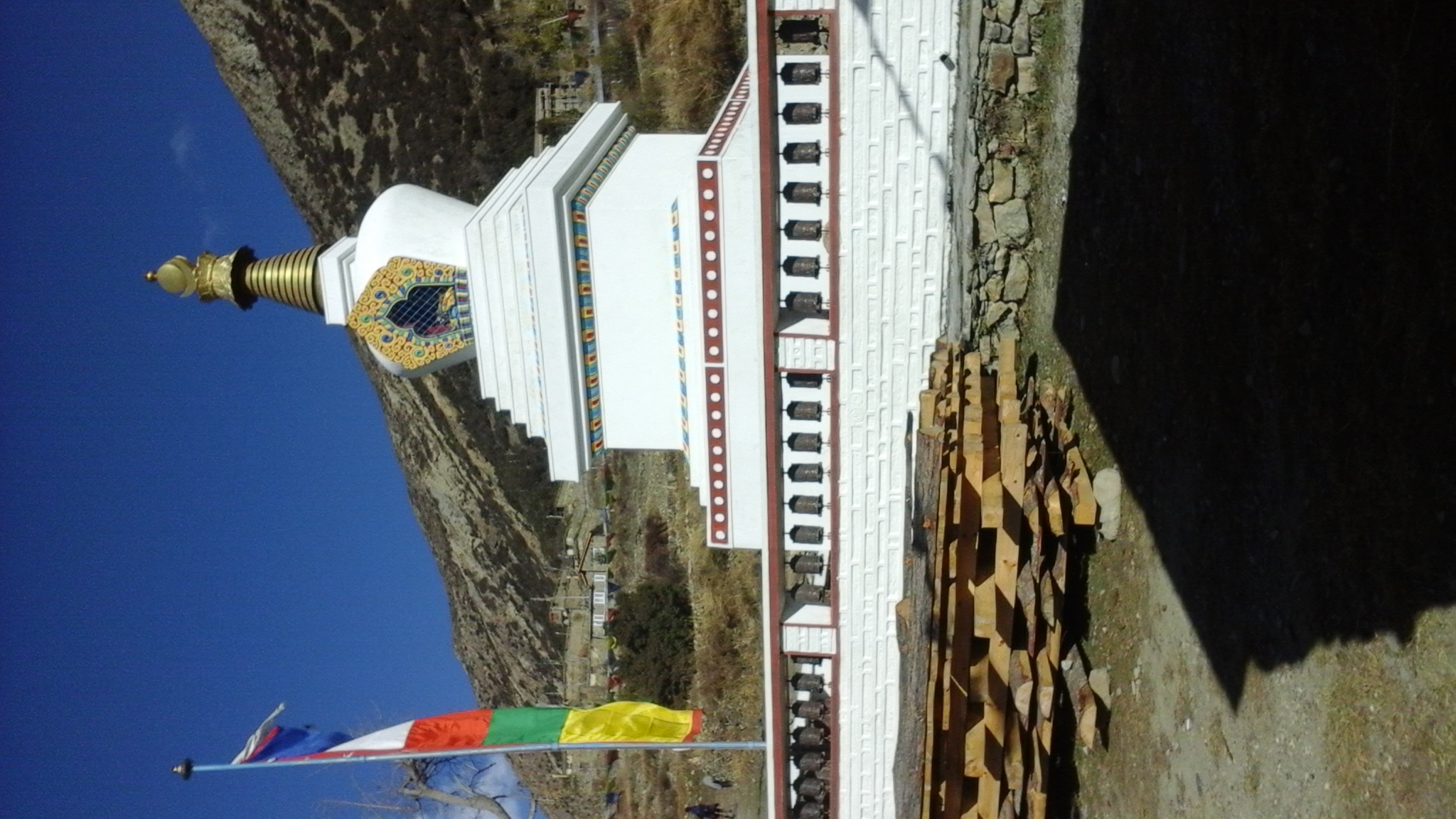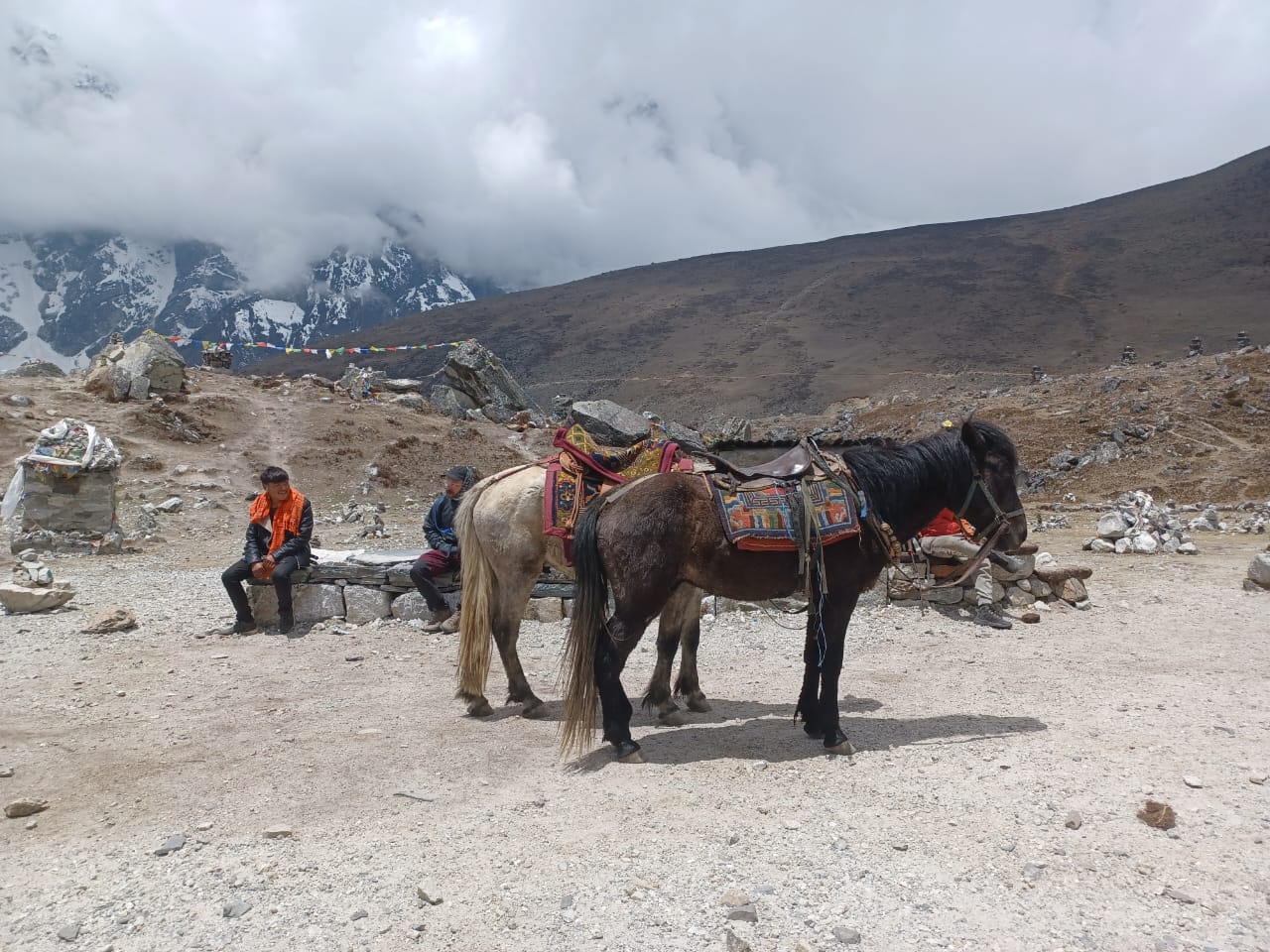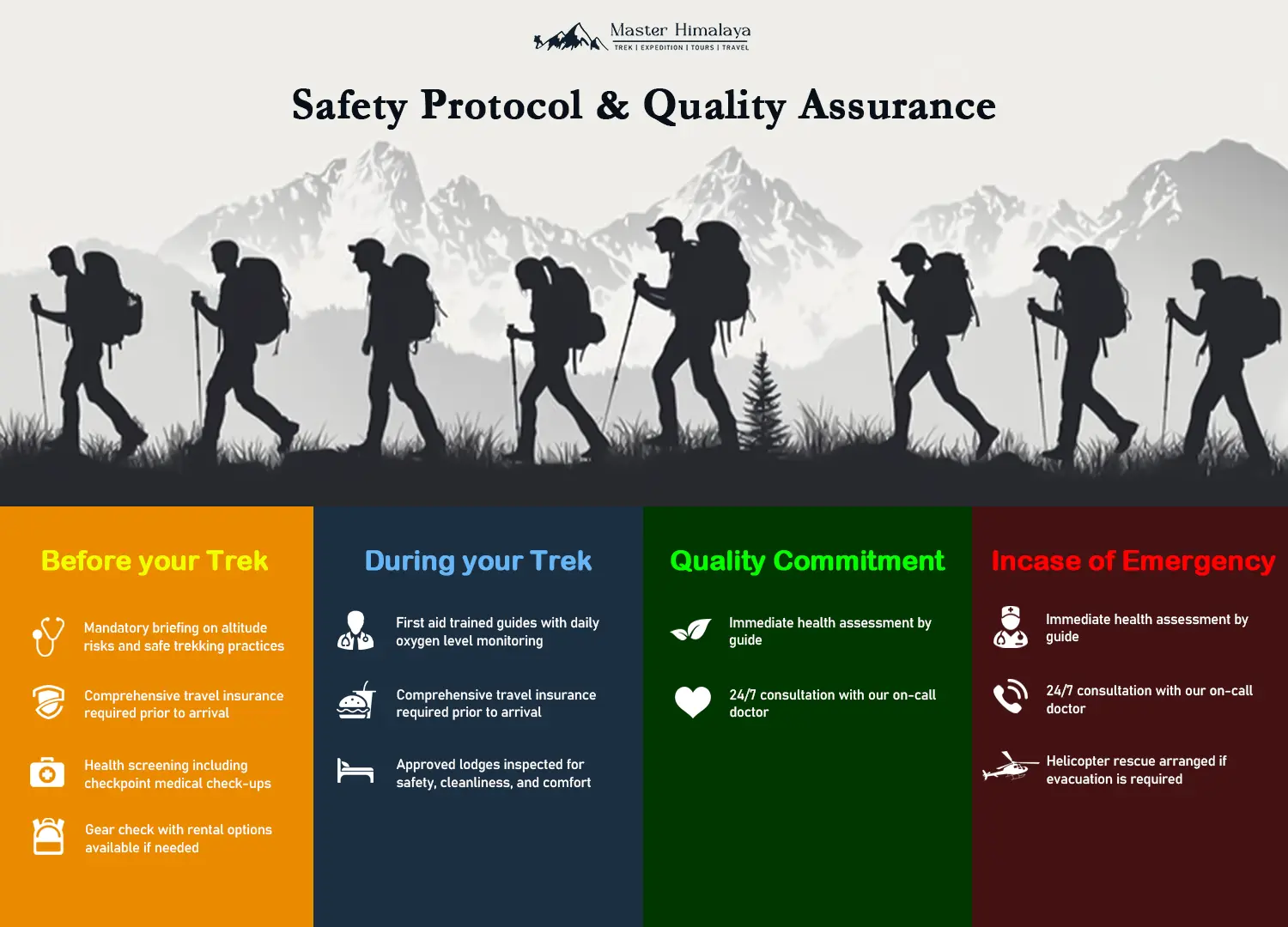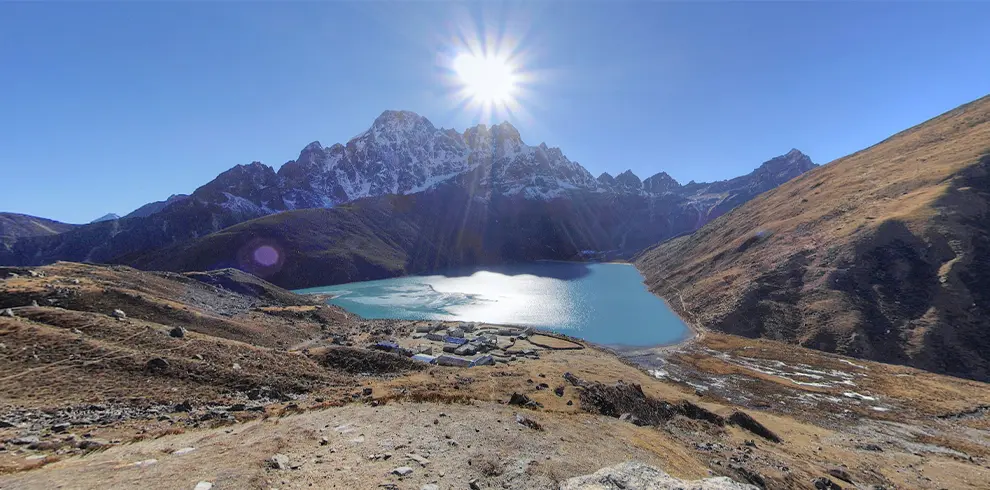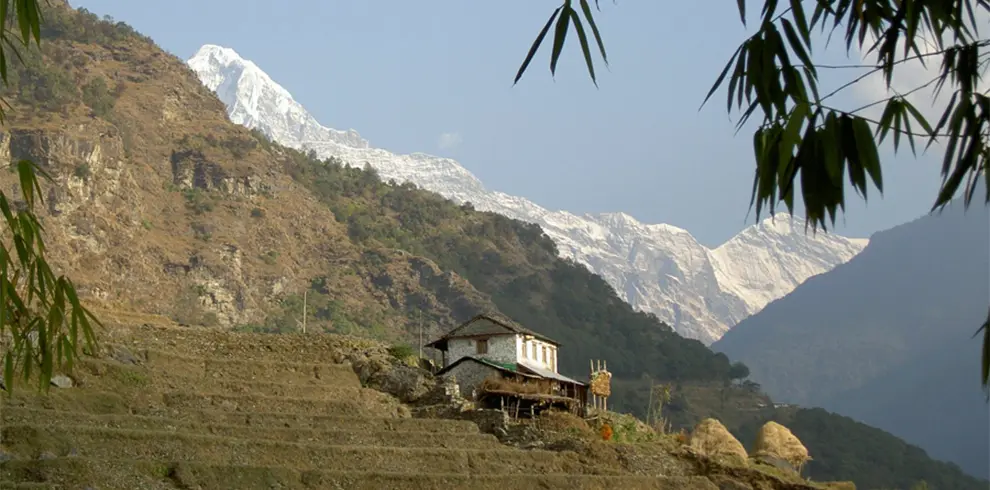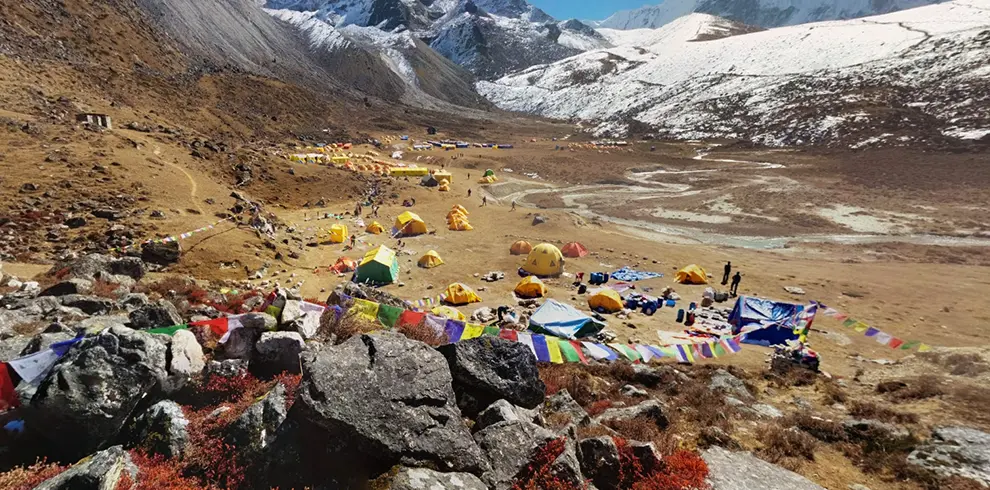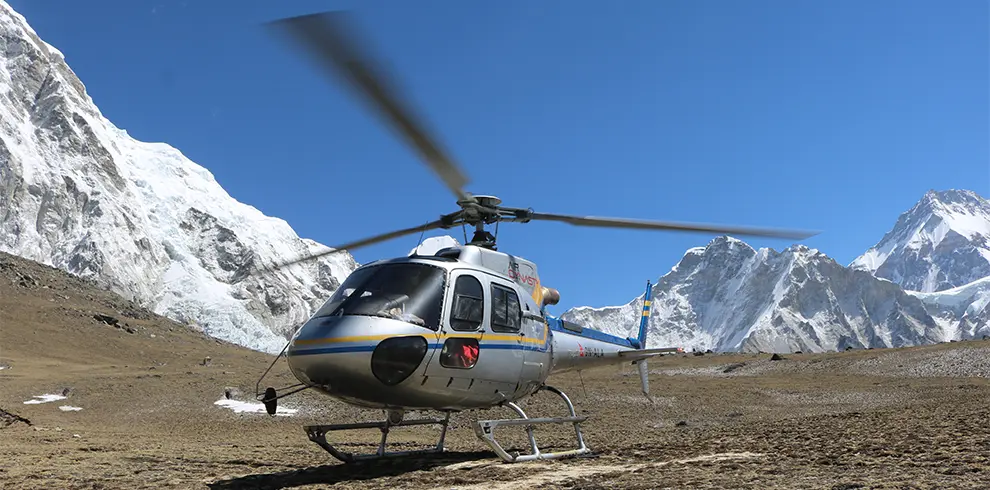Accommodation in Everest base camp Trek has been well established much more then other Base camp trek trek due to growing in tourism Industry. Almost all teahouses on the popular trail like Gokyo or Everest Base camp trekking provide good basic standards of comfort and cleanliness. On the trail of Everest Base Camp, you can find friendly tea houses and luxurious hotels. It is still possible to tented camps but not so popular because we can find enough Teahouses and hotels, offering a broad choice across Everest Base Camp trek packages.
Accommodations along the Everest Base Camp trek offer twin-sharing rooms, each equipped with two beds and without attached bathrooms. The rooms provide basic furniture, including a small table or chair, and some may feature additional amenities such as shelves and hooks for hanging clothes. For those seeking a more luxurious experience, certain lodges provide upgraded rooms with enhanced facilities. The beds in these accommodations are furnished with mattresses, pillows, bed sheets, and cozy blankets for a comfortable night's rest. The ‘living room’ area is used for eating and relaxing. It is also heated in the evenings with a pot-bellied stove. Lodges are usually sociable places where you can meet many other trekkers. Many trekkers come equipped with their own books to read and phones to pass their time with.
Therefore, if you’re planning to trek to Everest Base Camp during peak trekking seasons, our number one tip is to book your accommodation as early as possible! Master Himalaya Treks and Expedition can assist you with this, offering trusted Everest Base Camp trek agency support.
Camping Accommodation
The camping mode of accommodation is generally used by expedition teams while climbing Mt. Everest, Mt. Lhotse or any other peak as there are not lodges beyond certain points. While trekking, camping accommodation is used in remote treks such as Dhaulagiri, Dolpo, and Kanchenjunga. Usually, tents are used for accommodation and cooking staff prepares food while big crews are hired for different work.
Although camping on the Everest Base Camp trail is an amazing experience, it is generally avoided due to the easy accessibility of teahouses. It is not a wise idea to set up a tent just next to those cozy teahouses.
Accommodation in Lukla
Lukla offers you a wide range of options for accommodation like teahouses, hotels as well as luxury hotels for all budgets and preferences during your trek. Teahouses are basically homes of locals, later upgraded as lodges with better beds and multiple food options. Hotels and lodges are designed with many rooms to accommodate large numbers of trekkers. For those seeking luxury, you’ll find hotels like Yeti Mountain Home, which provide comfort comparable to top hotels in Kathmandu. This is why it’s considered a popular first-night stop on many Everest Base Camp trekking itineraries.
What Service Do I Expect in Lukla Hotels?
Indulging in food and beverages during the Everest Base Camp trek is a treat, and even in Lukla, hotels offer an extensive menu with dedicated kitchen staff. A sample menu from one of the hotels includes a variety of options. Additionally, Lukla boasts various restaurants offering diverse cuisines and cozy coffee places for a delightful culinary experience.
Charging electronic devices is hassle-free in Lukla, as there is no extra fee for utilizing charging ports. Most hotels provide these ports in rooms, and if not, they are available in the dining area.
For those opting for a room with an attached toilet, hot showers are often complimentary, with options like solar or geyser showers. However, in basic rooms with shared toilets, there may be an additional charge ranging from USD 3 to USD 5 for hot showers.
Lukla maintains a reliable cellular network with both NTC and Ncell networks functioning well. Wi-Fi options are abundant, including the use of personal data packs from NTC and Ncell at reasonable rates. Most hotels offer free Wi-Fi, effective in both dining areas and rooms. Everest Link provides an alternative for consistent internet service throughout the trek, covering higher altitudes like Gorakshep, Gokyo, and various sections of the Three Pass Trek, with options of 10 GB and 20 GB data packs.
Regarding toilets, hotels feature western-style facilities, but it's advisable to carry toilet rolls as water availability may vary. Other amenities include POS machines accepting credit cards, laundry services, and the convenience of hotels assisting in flight ticket arrangements. The hospitality in Lukla ensures a comfortable and well-equipped stay for trekkers
Accommodation in Namche
Usually, trekkers stay At Namche Bazar for two nights to acclimatize while ascending and stay a night while descending during the Everest Base Camp Trek. There are several luxury hotels and high-end lodges in and around Namche Bazaar. Hotel Everest View is one of the most popular, holding the Guinness World Record for being the highest-altitude hotel. It’s considered a signature stop on the best Everest Base Camp trek routes.
For budget travelers, there are several guesthouses and lodges in Namche Bazaar, such as the Khumbu Lodge, Himalayan Lodge, and the Hotel Sherwi Khangba. These places offer basic accommodation with shared bathrooms and common areas but are clean and comfortable.
If you are in search of luxury to pamper yourself or just need a place to rest during your trek, Namche promises you both.
What Service Do I expect in Namche?
The rooms of these high-end hotels consist of an electric blanket, a small heater, thermos, and free Wi-Fi throughout the hotel. The rooms have attached bathrooms with hot shower and western-style toilets. You will find charging outlets in each room for your electronic devices. You will get all these services and facilities with no additional costs. The price often includes breakfast.
Accommodation in Tyangboche
In Tengboche, a limited number of teahouses, around 4 to 5, provide essential accommodation services. As you progress along the trail, you can expect more basic tea houses with fundamental facilities. Tengboche, being a popular stop for trekkers attending the morning prayer at the monastery, experiences high demand during peak seasons, resulting in packed teahouses.
Accommodation in Tengboche typically offers basic rooms, often shared, with communal toilet facilities. Notably, the Tengboche Guesthouse is recognized among the teahouses in the area.
For those seeking a bit more comfort, lodges in Tengboche provide the option of private rooms and may offer a broader variety of food. It's essential to keep in mind that transporting supplies up the mountain poses logistical challenges, so menus might still have some limitations.
While less common, some trekkers may have the opportunity to arrange a homestay in Tengboche. Opting for a homestay provides a unique chance to immerse oneself in the local Sherpa culture firsthand, even though the amenities may be comparable to or slightly less than those in a teahouse.
Accommodation in Dingboche
Dingboche serves as a popular acclimatization stop for trekkers after Namche, offering tea houses that have transformed into comfortable lodges and hotels operated by Sherpas. The services across most lodges are quite similar, with comparable menu rates and price ranges.
What Service Do I expect in Dingboche?
- Basic Rooms: These rooms lack attached toilets and generally include two single beds, a table, a dustbin, and, if fortunate, a hanger. Lodges provide comfortable beds and quality blankets, making the use of a sleeping bag optional.
- Rooms with Attached Bathroom: Some hotels offer rooms with attached toilets and additional amenities in Dingboche. Facilities may vary, including electric blankets, towels, slippers, and charging ports. However, due to factors like altitude and temperature, some hotel rooms may only have toilets and may or may not offer hot showers.
- Battery Charging: Charging services are generally available in lodges, with some hotels charging on an hourly basis. Carrying a solar-powered power bank is recommended to save costs.
- Hot Showers: Hot showers are considered a luxury after Namche Bazaar and may not be complimentary, except in deluxe rooms. The cost ranges from USD 5 to USD 7 per bath, and there is typically a time limit. Cold showers are free but not advisable.
- Internet/Wifi: While there's no cellular network, Everest Link provides internet services in Dingboche. Prepaid cards for volume-based internet can be purchased in lodges. Data package costs range from Nrs. 600 to Nrs. 2999, offering connectivity for various durations and locations along the trail.
Accommodation in Lobuche
Lobuche, your penultimate stop before reaching Everest Base Camp, offers over half a dozen hotels providing decent accommodation in the area. To ensure a comfortable stay, here's a comprehensive guide to plan your accommodation in Lobuche.
What kind of Accomodation will I find in Lobuche?
Your primary accommodation options in Lobuche are hotels, featuring decent rooms, warm dining halls, and a variety of food options to cater to trekkers on the trails. Tea houses, run by Sherpas, share similarities in rooms, services, and prices with hotels. Basic rooms in hotels typically include two or more beds, a table, and a dustbin. Hotels offer warm blankets and mattresses, though trekkers can bring their own sleeping bags if preferred.
Lobuche offers a bakery outside Hotel Mother Earth, likely the highest bakery in the mountains, equipped with a coffee machine. Additionally, hotels can assist in arranging helicopters and horses in case of need.
What Types of Food Item & Services Do We Expect in Lobuche?
Hotels along the Everest Base Camp trekking trails, including Lobuche, boast extensive menus. Options range from Dal Bhat, spaghetti, momo, and spring rolls to pizzas-providing a variety of choices reminiscent of lower altitudes. The menu prices remain relatively consistent throughout Lobuche.
- One dish: USD 4-USD 8
- Set Breakfast: USD 6 -USD 10
- Soup: USD 4-USD 6
- Beverage Price Range: USD 1- USD 4
- Hot Water: USD 1 -2 per cup
Battery Charging
Charging your devices is available in the dining hall near the reception desk. Prices range from USD 4- USD 5 per hour for mobile charging and USD 10 for charging camera batteries and power banks. Bringing your own solar-powered charging devices is recommended to save costs and avoid waiting in queues.
Hot Showers
Lobuche provides only bucket showers, and it's advisable to avoid showers at this altitude. The cost for a bucket shower is approximately USD 7.
Cellular Network and Internet/Wifi
None of the cellular networks work in Lobuche. Everest Link is the sole option for emergencies, providing wifi services in all hotels. Wifi cards are available for purchase, offering connectivity for quick messages, location updates, or posting pictures. Data volume and prices range from Nrs. 600 to Nrs. 2999.
Toilets
In most hotels in Lobuche, western-style toilets are not available. Squat toilets are more common and easier to maintain, although during peak seasons, when there is a high flow of trekkers, they may get dirty.
Booking Considerations: There are limited lodges in Lobuche due to National Park restrictions on new hotel construction. Finding a room during peak seasons can be challenging, often leading trekkers to end up in dining halls. Therefore, it is advisable to book rooms in advance for a smoother experience.
Accomodation in Gorekshep
There are only basic rooms with shared toilets in Gorakshep. Rooms are very basic with nothing but only beds. Although hotels offer a blanket and woolen bed sheets, rooms can be very cold so you should consider bringing your sleeping bags. During high flow of tourists, many trekkers are forced to stay in dining areas as well.
What Service can I Expect in Gorekshep?
Nestled at an impressive altitude of 5100 meters, Gorakshep, despite being the final village on the trail, surprises trekkers with a diverse food menu. While the guarantee of gourmet delights isn't assured, the meals are unquestionably 'mountain good.' Although prices for meals tend to be relatively high, they remain consistent across all hotels.
Meal Price Ranges:
- One dish: USD 4-USD 8
- Set Breakfast: USD 6 -USD 10
- Soup: USD 4-USD 6
Staying hydrated is crucial to ward off altitude sickness in the Everest Region, and Gorakshep offers an array of drinks such as tea, coffee, and hot juice. However, water scarcity is a concern in this village. Hotels have ingeniously created a water pond, with water carried daily for various purposes. Trekkers are charged for every cup of hot water consumed.
- Beverage Price Range: USD 1 -USD 4
- Water cost: USD 1-2 per cup
Battery Charging
Charging options are available in the dining hall, but prices are steep. Wise packing, including bringing personal power banks, especially solar-powered ones, is recommended for the Everest trek. Charging is billed on an hourly basis, with higher charges for camera gear.
- Cost: USD 4- USD 5 per hour for mobile charging
Hot Showers
Hot showers in Gorakshep are discouraged for health and altitude reasons, even by the hotels. However, for those in absolute need, the cost is around USD 10 for a quick hotel bucket shower.
Cellular Network
Surprisingly, the NTC cell network functions in Gorakshep, thanks to the collective efforts of hotel owners who installed a tower in this remote village. It provides decent phone reception, suitable for calls, though not strong enough for seamless internet.
Internet/ Wifi
Apart from NTC, Everest Link is available in Gorakshep. The wifi is suitable for sending quick updates and messages in emergencies, but its reliability is compromised during bad weather. Data volume and prices are as follows:
- 600 MB, Price: Nrs. 600 ~ USD 6 [Lodge specific, only runs in the particular lodge]
- 10 GB, Validity: 30 days, Price: Nrs. 1999 ~ USD 18 [Not lodge specific, can use the data pack anywhere on the trail]
- 20 GB, Validity: 30 days, Price: Nrs. 2999 ~ USD 25
Toilets
Due to extreme cold temperatures, hotels in Gorakshep feature squat toilets to prevent water freezing. Shared toilets, one or two on each floor, with water stored separately in large tanks and drums. During peak seasons, when trekker traffic is high, the toilets may become less pristine despite the diligent efforts of hotel staff.
Other Services
While hotels generally lack additional services, they are open to providing packed meals and a thermos of drink for trekkers heading to Everest Base Camp or Kala Patthar. In case of need, hotels can also arrange helicopter and horse services.















